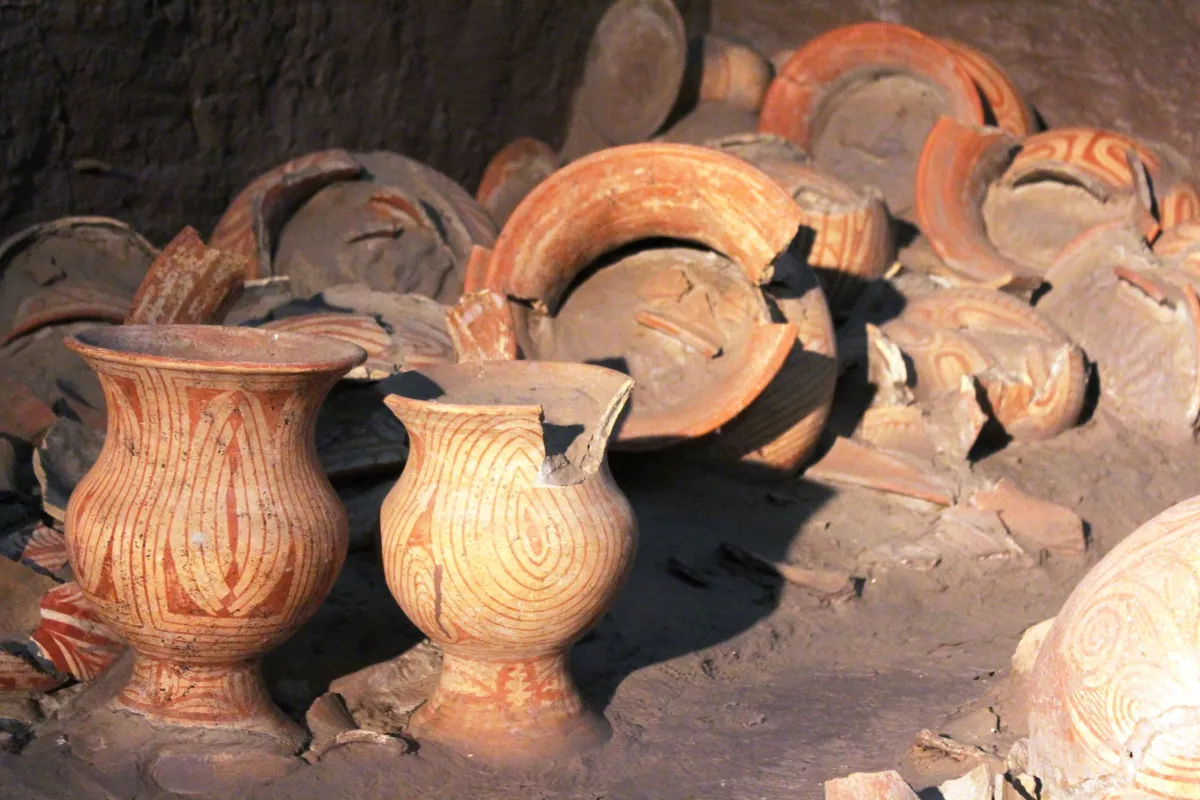
Traveling to Cultural World Heritage Sites: Ban Chiang Archaeological Site
Ban Chiang National Museum is the first museum that was built in the Ban Chiang archaeological site, and it officially opened for visitors in 1975. It is considered one of the most important archaeological sites in Thailand because it was discovered that this area used to be a residence and burial place of prehistoric people in the early Bronze Age, about 5,000 years ago. It was chosen as a UNESCO Cultural World Heritage Site in 1992, and it is known to people all over the world. Inside the museum, there are three exhibitions of ancient artifacts:
Somdet Phra Srinagarindra Boromarajonani Building: This is a service center building, and there is a room for rotating exhibitions;
Galyani Vadhana Building: This is the main exhibition building of the Ban Chiang archaeological site;
Thai Phuan Exhibition Building: It showcases stories about the way of life, history, and culture of the Thai Puan people, who settled in the area. Inside the building, it is divided into nine sections, as follows:
The first exhibition is about His Majesty King Bhumibol Adulyadej and Ban Chiang. It exhibits a visit to the Ban Chiang Khong Archaeological Site of King Rama IX in 1972; since that time, there has been further study and development and the site became the National Museum Ban Chiang;
The second exhibition is about conducting archaeological studies at Ban Chiang, by both Thai and foreigners researchers;
The third exhibition is a display of working and excavation of ancient artifacts by archaeologists during the years 1974-1975;
The fourth exhibition is a simulation of archaeological excavation pits from 1974-1975. The highlight is that visitors can get in and experience the work inside the excavation pit up close;
The fifth exhibition exhibits antiques from archaeological excavations at Wat Pho Si, divided according to the three periods of Ban Chiang culture, displaying pottery, various tools, and jewelry from natural materials, glasses, stones, and metals;
The sixth exhibition displays a simulation of the way of life, antiques, and Ban Chiang culture in the prehistoric period;
The seventh exhibition is the discovery of the lost Bronze Age people. The exhibition was adapted from an exhibition hosted by the University of Pennsylvania, which describes archaeological studies in Southeast Asia and the discovery of Bronze Age culture at Ban Chiang;
The eighth exhibition is titled “Ban Chiang: World Heritage Site,” which was created in honor of the fact that the Ban Chiang archaeological site had been selected as a Cultural World Heritage Site in 1992;
The ninth exhibition shows artifacts found during the survey from prehistoric archaeological sites close to the Ban Chiang area since 1972, to study the distribution of Ban Chiang culture.